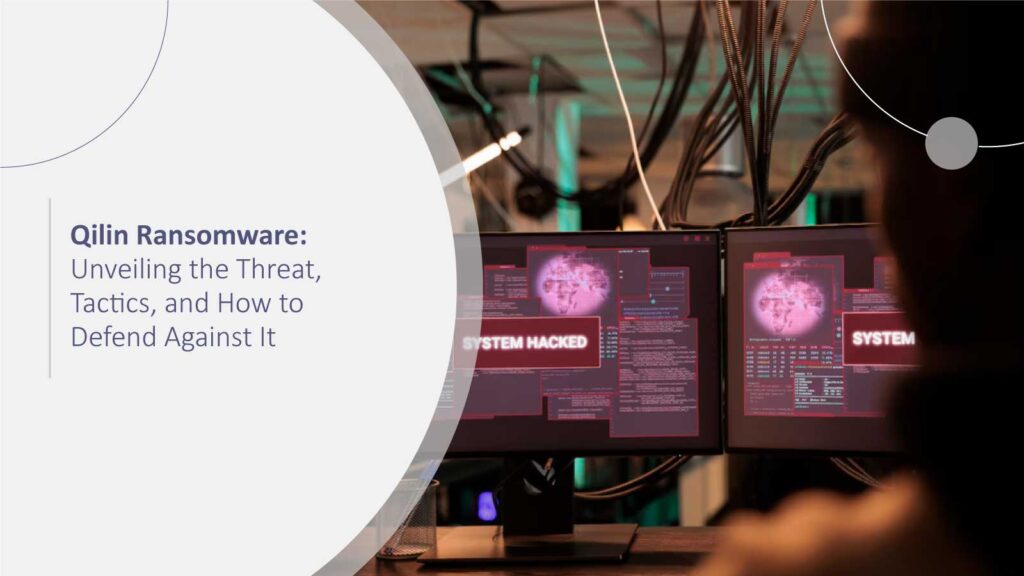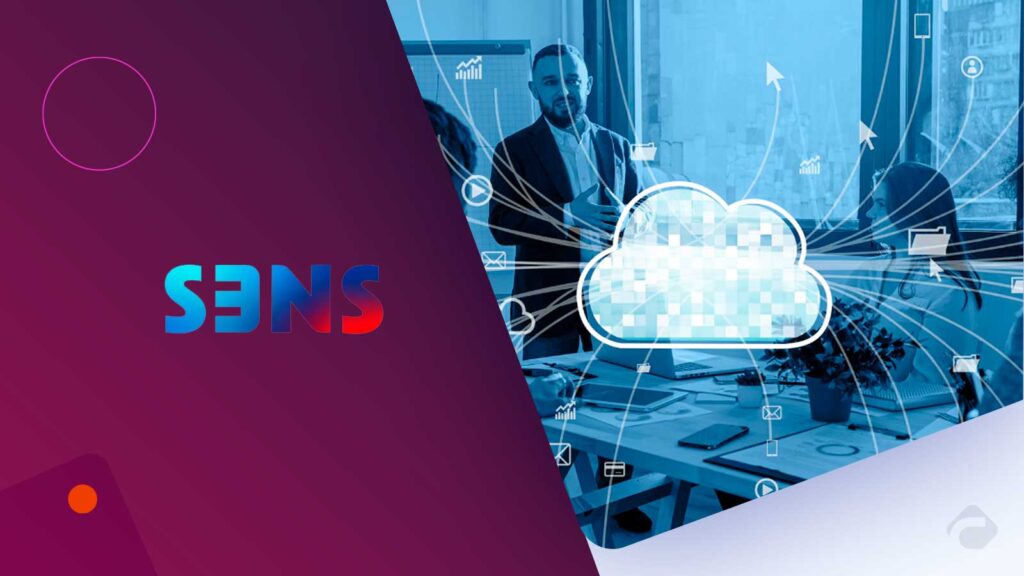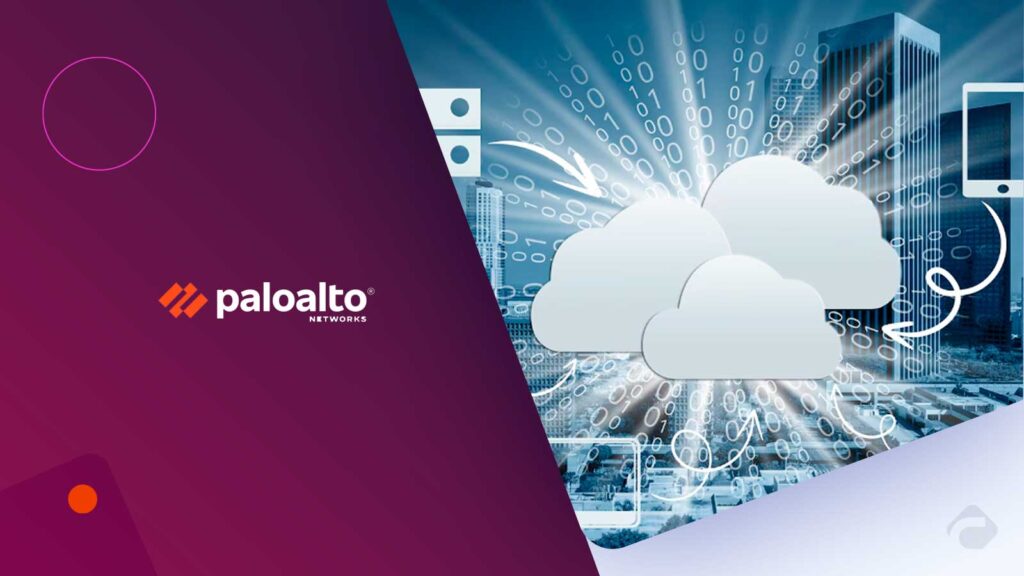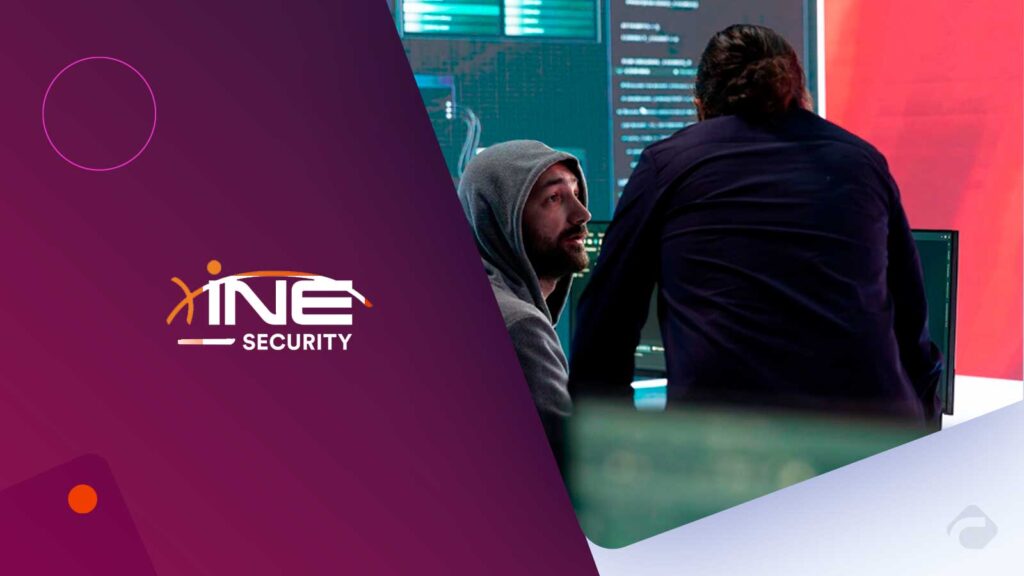Think of going to your office and, within a short time, finding that all your files are locked, and the only “greeting” you get is a ransom note. This method is not a scare example but the modus operandi of today’s ransomware collectives. Among such gangs, Qilin ransomware is rapidly getting known as a CISO, CIO, and IT leaders’ nightmare.
Where once the ransomware families might have brought havoc through their raw force and threats to reputation, Qilin is operating on a highly sophisticated business model complete with hiring strategies, partner programs, and double-extortion tactics. The emergence of this threat is indicative of the transformation of the landscape of cybercrime from a mode of messy crime into that of a clean, profit-making business. Its rise demonstrates the professionalization of cybercrime, a transformation noted by Gartner, which predicts cybercrime revenues will surpass $10.5 trillion annually by 2025.
It transpires that this piece of writing is to expose Qilin’s maneuvers, to outline the reasons for its terrifying nature, and to acquaint organizations with ways to prevail. In and through this journey, we shall be juxtaposing abstruse cybersecurity theories with their practical implications, all, frankly, what defense value if it does not most internally pitch to them?
Qilin Ransomware at a Glance
Qilin, which has also been recognized as the Agenda ransomware, was a new kid on the block in 2022 and only became widely known in 2023–2024 after it had spread its action worldwide. Old ransomware families that merely encrypted files were left behind by Qilin when it came to technology, as it embraced a ransomware-as-a-service (RaaS) model. In contrast to one-off attackers, the core developers of the malware produce it and then let affiliates use it to start attacks and share the earnings.
Among the major traits are:
- Double extortion tactics: Operators not only encode data but also steal it. They may threaten to disclose confidential files if the victims are not willing to pay.
- Customizable builds: The partners can do what is necessary for the ransomware to be able to penetrate the target environment, illustration as healthcare or manufacturing.
- Cross-platform reach: Qilin is a Windows and Linux-compatible software, thus, a tool that is adaptable to different operating systems.
- Sophisticated encryption methods: The software uses AES and RSA encryption technology, which come from the two standards.
If you ask us, it is almost like a sci-fi story, but it is happening in the worlds of business executives and the security operations centers (SOCs) that are found everywhere.
Why Qilin Stands Out from the Ransomware Crowd
The underground of cybercriminals is full of groups. From LockBit to BlackCat, the landscape is full of notorious groups. So why does Qilin stand out?
RaaS Marketplace Savvy
Qilin is essentially a polished SaaS vendor that operates on the dark side, except that its “customers” are criminals. An affiliate gets a dashboard, documentation, and a support team to help them start their attack.
Tailored for Target Environments
One of the main differences between the various kinds of viruses is that Qilin is the one that enables the user to customize the virus. To illustrate, an attack on a hospital can focus on interrupting the software of medical records, whereas an attack on a factory can be aimed at production servers.
Psychological Pressure Tactics
Besides encrypting the files, Qilin releases small portions of the stolen data in obscure internet forums to frighten the victims into giving the hackers what they want. It is similar to a digital version of “public shaming.”
Global Reach
Information from Trend Micro. And other cybersecurity companies indicate that over time, Qilin has been able to strike entities in the US, Europe, and Asia regions, cutting across various sectors such as healthcare and finance.
The Human Impact: Why Professionals Should Care
Ransomware represents another incident demonstrating the “it can’t happen to me” mentality, until one gets a launched product or a signed cooperation contract, and at the same time, they’re locked. The 2024 IBM Cost of a Data Breach Report indicates that the average ransomware attack cost is around $5.13 million, not including regulatory fines and other factors such as brand damage.
Just picture the scenario: Does your enterprise have the resources to accommodate a staggering, unplanned multi-million-dollar cash burn? Furthermore, what will you say to your customers?
Cry threats are not only the threats that revolve around the technology-only perspective. Those are the issues of trust, existence, and character that come along with them. After that, the talk will be from the IT department to the board discussion.
How Qilin Works: A Step-by-Step Breakdown
Comprehending the methods by which Qilin carries out its mission is essential. Here is the depiction of how the process of a typical attack unfolds:
Initial Access: The affiliates exploit weak passwords, outdated software, or phishing emails. Most of the time, it revolves around a user clicking on a fake invoice.
Privilege Escalation: The threat actors use Mimikatz and other similar tools to steal the target’s credentials, and then they proceed with lateral movement to access other systems.
Data Exfiltration: Someone is silently copying files to an off-site location. The mentioned phase in the script is the groundwork for “double extortion” work.
Encryption & Ransom Note Delivery: The encryptions are done on files, and at the same time, a ransom note is also sent; usually, it requests payment in cryptocurrency.
If the victims still do not consent, the attackers select parts of data from the Qilin dark web “leak site” and publish them, thus, closer to the target, making the stakes higher.
Defending Against Qilin: Strategies That Work
Here is the positive aspect: defense against ransomware is not a question of magic. It requires standard operating procedures, multiple layers of defense, and humans who are vigilant.
1. Embrace Zero-Trust Architecture
Do not take it for granted that the area “inside” your network is safe. Identity-based access should be the implemented model where verification is done for each request made.
2. Harden Backups
Backups should be offline and in an immutable format. If Qilin encrypts your production data, a backup and restoration plan should be in place to be able to do the recovery in a matter of hours, not weeks.
3. Adopt Extended Detection and Response (XDR)
The XDR devices gather data from endpoints, networks, and cloud services, thus giving the staff the capability to detect lateral movement in the network before the matter worsens.
4. Continuous Threat Exposure Management (CTEM)
Consider CTEM as a “stress test” for your cyber defenses. The test keeps on simulating attacks; thus, organizations have the chance to discover the weak parts of their defenses before hackers do.
5. Invest in AI-Powered Defense
AI models can find oddities in the data, like the abrupt encryption of files, much quicker than the human mind. Automation done by machines, along with experts working in the given field, makes a perfect team for the best outcome.
6. Employee Awareness & Training
Even with the most sophisticated firewalls, the security of the network depends on the people who work for the company informing themselves on the latest threats. Small steps in the detection of phishing emails, for example, could already stop the Qilin attack from accessing the system.
A Relatable Example
A U.S. healthcare provider is a good example of a company that had to deal with the Qilin ransomware towards the end of 2023. The attackers encrypted the files of patients and threatened to publish those records unless a Bitcoin payment was made. The hospital did not surrender; instead, it used backups that cannot be changed and an incident response plan that was already in place. The process of recovery took 72 hours, rather than no ransom note was paid.
The point to learn? Training and preparation are far more important than panicking.
Key Takeaways
Qilin is more than ransomware; it’s a professional criminal enterprise that is well-organized.
Systems of double extortion combined with customization allow this ransomware to be very effective across all types of industries.
Indeed, proactive security solutions such as Zero-Trust, XDR, and CTEM play a vital role.
Human consciousness is still very much necessary, just like top-notch technology.
Conclusion: A Forward-Looking Perspective
The Qilin ransomware serves as a reminder that criminals in the virtual world are just as capable of innovating as the legitimate business sector. Rather than waiting for a ransom note to appear, the message that comes out for executives and security leaders is very clear: start planning your defense now.
Putting into security, preparing for emergencies, and practicing proactive security measures is not only a way to deter downtime in the future, but it also allows you to protect customer loyalty, assure business continuity, and reinforce your reputation in an era when data breaches are reported by the hour.
If you want to get more insights on the threat surface and the following cybersecurity frameworks, the Cyber Technology Insights is the right place to be.
FAQs
1. What aspects of the Qilin ransomware make it special compared with the rest of the strains?
The Qilin project is ransomware that functions as a service, providing the affiliates personalized creations, management, and, more significantly, the double-extortion set of functionalities.
2. What are the most common ways attackers use to deliver Qilin ransomware?
First, they do phishing, then utilize unpatched software or break into weak remote access to complete the infiltration process.
3. Is there a guarantee of total recovery of data if the ransom is paid?
Not really. Even in case payment is made, decryption may not be given to you, or they can leak the data they have stolen anyway.
4. Which sectors of the economy have suffered the most from Qilin?
The major sources of data and the urgency of healthcare, finance, and manufacturing have been the main targets that have attracted the interest of Qilin.
5. What measures could completely halt Qilin and other ransomware?
Employing multiple security levels, including Zero-Trust, keeping data offline, XDR, CTEM, and regular employee training.
For deeper insights on agentic AI governance, identity controls, and real‑world breach data, visit Cyber Tech Insights.
To participate in upcoming interviews, please reach out to our CyberTech Media Room at sudipto@intentamplify.com.







